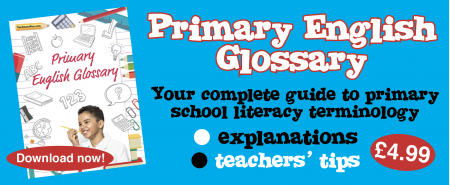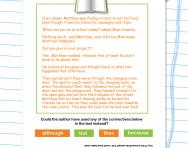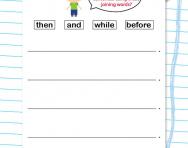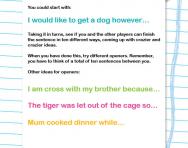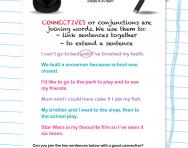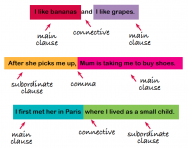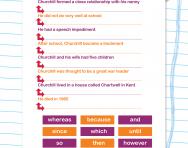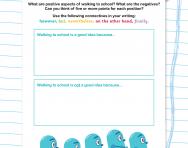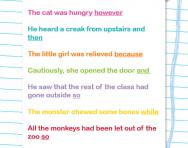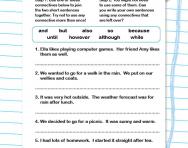What are connectives?
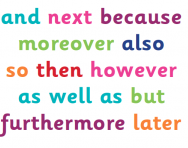
What are connectives?
A connective is a word that joins one part of a text to another.
Connectives can be conjunctions, prepositions or adverbs.
As part of the new primary curriculum (revised in 2014) children are encouraged to refer to connectives using the correct grammatical terms (conjunction, preposition and adverb) rather than the umbrella term 'connectives'.
Co-ordinating connectives (but, and so) link words, phrases or clauses which are equally important. Subordinating connectives (if, when, however, because, while) link a main clause with a subordinating (or dependent) clause.
There are various kinds of connectives:
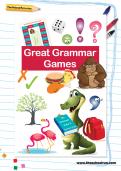
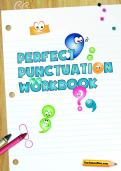
Give your child the gift of great grammar
- Perfect Punctuation Workbook
- Grammar Games Pack
- PLUS 100s of other grammar resources
When do children learn to use connectives?
Children in Key Stage 1 will often produce a piece of writing made up of many simple sentences, for example:
Teachers will encourage children to use the connective 'and' to join simple sentences together, for example:
Teachers will then encourage children to use connectives such as 'but' and 'so' to add layers of meaning to their simple sentences, for example:
could be improved by adding either of these connectives and another clause, for example:
I would love to have a dog, so I am going to keep asking my mum.
As children move through Key Stage 2, they are expected to use other connectives to join a main and subordinate clause, for example:
- I would have approached the witch if I had been braver.
- It's hard to knock on a witch's door when you are really scared.
- I was terrified of the witch because she was looking at me intently.
- I would have run from the witch however the door was bolted shut.
Children in Key Stage 2 are also expected to use connectives at the start of sentences or paragraphs in order to signal the passing of time. For example:
Meanwhile, my parents were at home, frantically wondering where I was.
Children are also encouraged to use connectives in non-fiction texts.
By Year 6 children will need to have a good knowledge of what connectives are, why they are used and how they are used in preparation for the KS2 Grammar, Punctuation and Spelling test. By the end of KS2 children will be expected to be able to separate connectives into conjunctions, prepositions and adverbs.
You'll find connectives worksheets to help your child put theory into practice in our grammar worksheets section.

Give your child a headstart
- FREE articles & expert information
- FREE resources & activities
- FREE homework help
